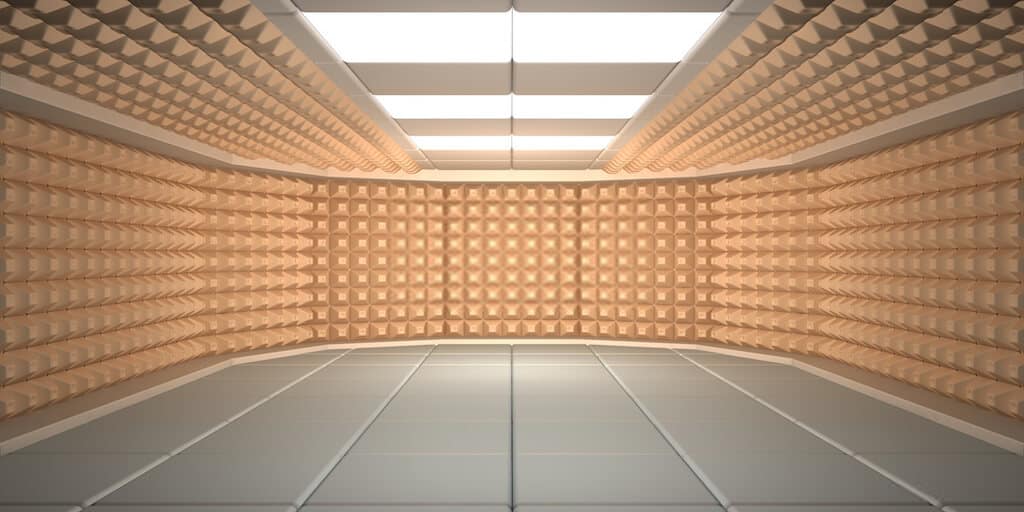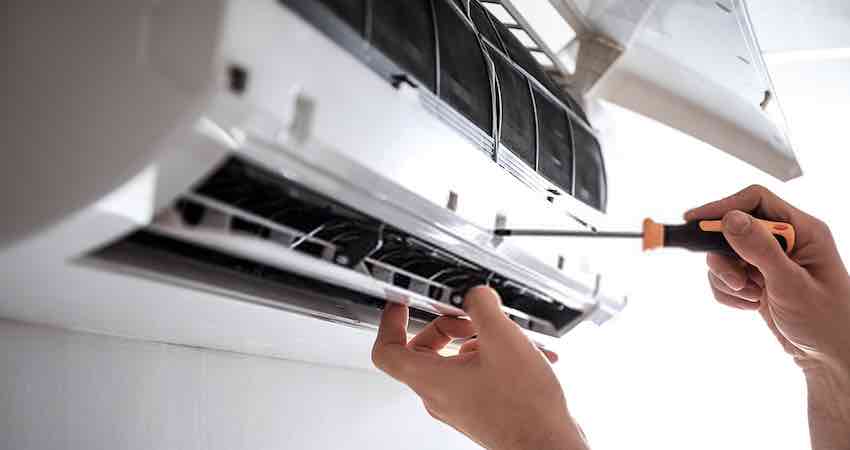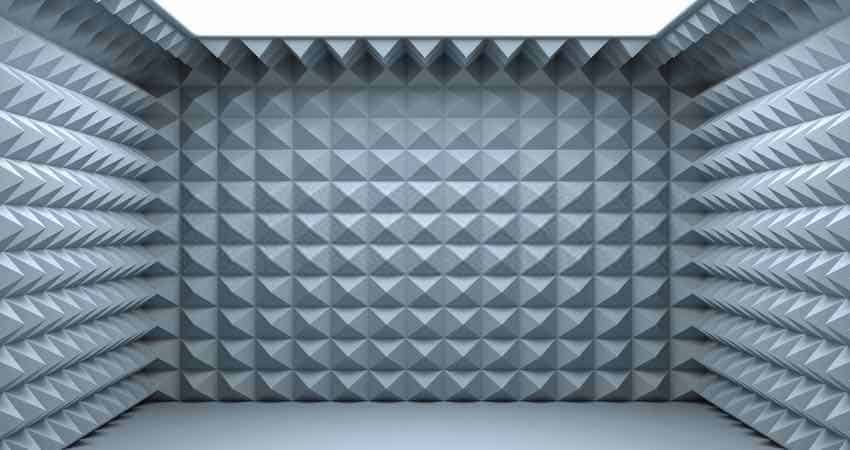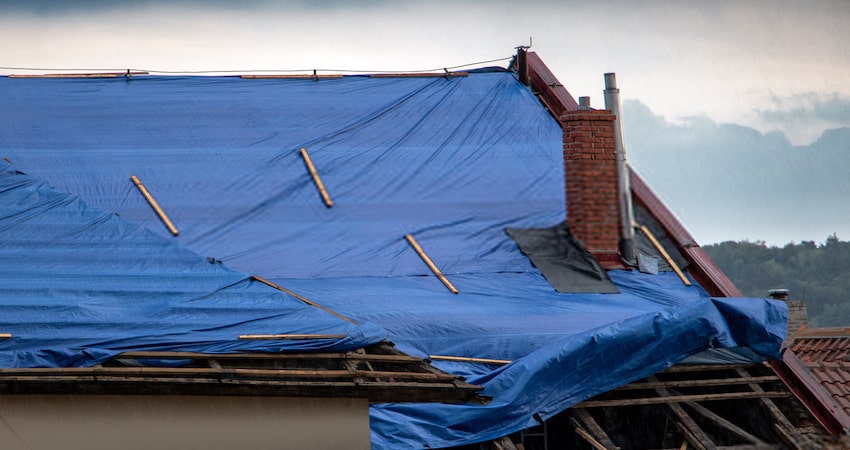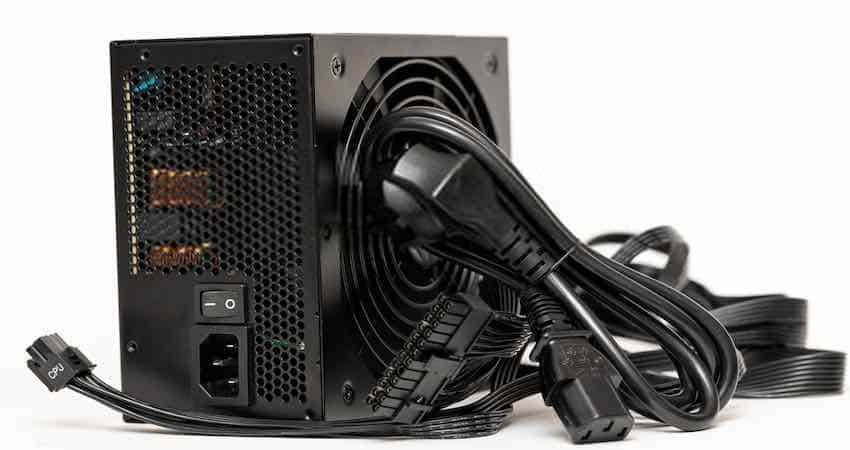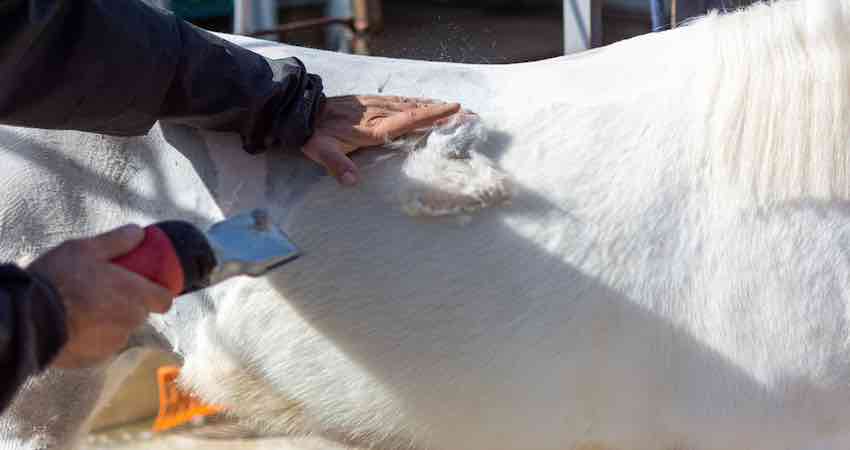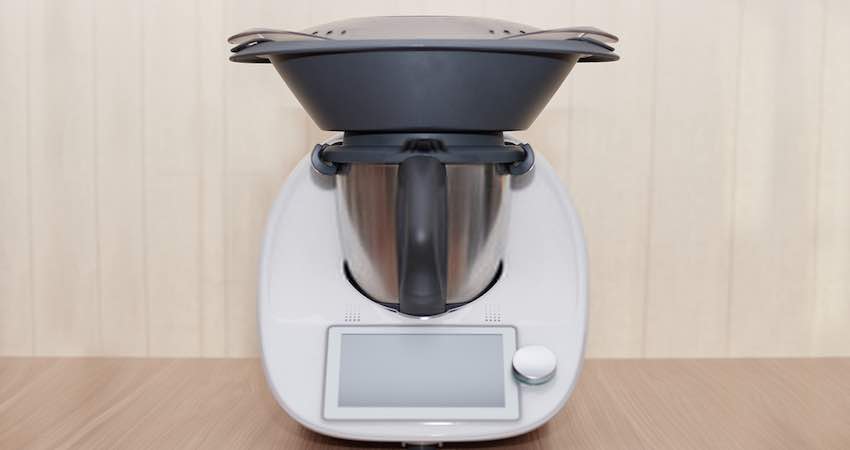As an Amazon Associate, we earn from qualifying purchases at no extra cost to you.
You can’t live in peace if your walls are allowing sounds to pass through them. Every time you play loud music, your neighbours come to knock at your door. Or sometimes, it’s the neighbour who is making the noise.
However, this should never be the case. You can soundproof your walls and block most of the noises. Walls perform differently when it comes to soundproofing. Different walls allow different levels of noises to pass through them.
In this article, therefore, we will discuss 6 affordable ways to soundproofing a wall cheaply.
Factors Determining the Level of Noise Through Your Wall

The following are factors that determine the level of noises that would pass over the walls.
- The Type of Noise
There are two categories of noise that will force you to soundproof your floor. The idea is to block the sounds from leaving or entering your room in an apartment.
Below are the three significant noises that you should be concerned about when soundproofing your apartment floor.
- Airborne Sounds
These are the type of noises that travel through the air. Airborne noises from a crying baby, people talking, music system, T.V. Sounds, and any other sounds travelling through the air.
Airborne noises don’t easily travel through the walls unless they are thin or have cracks.
Airborne noises can be blocked from the walls by thickening it. Therefore, if you hear sounds through your wall, use thickening materials over it. In this article, we will discuss some of the thickening techniques to apply to the wall.
- Impact Noises
This is a type of noise caused by an impact between two items. Impact noises can easily pass through the wall. The noises are as a result of items hitting the wall.
Impact noise travels through solid surfaces. Therefore, when soundproofing your walls, you need to use different techniques to block impact noises.
- Structural/Vibration Noise
Structural noise comes from appliances. The vibrations travel through the walls, floors, and ceilings. The sound can move through any solid structure.
Some of the structural noises include Bass sound, humming refrigerators, dishwasher, washing machine sounds, and any other heavy sound.
For effectiveness, first, eliminate the noises from the sources — soundproof the appliances to reduce or dampen the vibrations. The best technique to do this is to use sound absorption materials.
- Wall Thickness
The thicker the wall, the better the effectiveness in soundproofing. Thick walls block airborne noises completely. Also, impact and vibration noises find it difficult to pass through the solid and thick walls.
Therefore, if you are constructing a house, make the walls as thick as you can.
- Material Used
Houses are built with different materials. These materials dictate the kind and level of noise that can pass through the wall.
The major construction materials are; wood, bricks, concrete, MDF, cardboard, and metallic sheets. Concrete and brick walls are effective in soundproofing. They can block high-frequency noise level like traffic noises. Also, they deaden impact and vibration noises passing through them. In addition, airborne noises bounce over the wall.
Cardboard and wooden walls allow all noises to pass through them. On the other hand, metallic walls amplify the sound bouncing off them.
Effective Ways to Soundproof Walls Cheaply
1. Seal the Ceiling Cracks
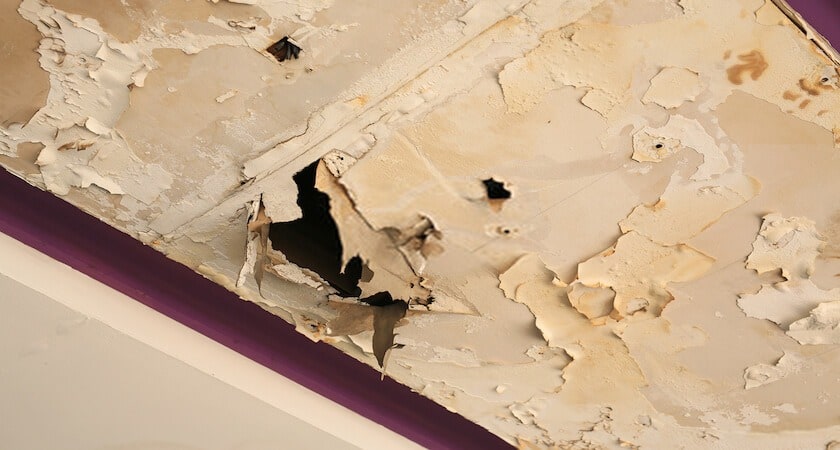
Wall cracks are a culprit in allowing noise to pass through them. The cracks differ by the material used over the walls.
Despite the material used to construct your wall, there are high chances it will crack. The wall cracks become an issue because they allow noise to pass through them.
Therefore, start by inspecting your walls. Check any cracks. Sometimes you might not see big cracks. It’s essential to be keen when inspecting your walls. Don’t overlook small cracks on your ceiling.
Even small cracks will need to be blocked. If not sealed, they will develop big cracks. Also, small gaps allow air and sound to pass through them.
For a proper inspection, rub the concrete wall surface. Clean all dust and check any cracks that you might have missed.
After finding the crack repair them if they are huge. For small cracks seal them with patch seal. The seal is available on Amazon.
Quikrete Concrete Crack Seal Natural 1 Qt
- It is easy to use
- It is highly durable
The seal kit comes with all tools you will need to seal the gaps. It comes with spackle, putty knife, sanding pad, and primer. After using it on your walls, the cracks won’t be seen after you paint.
The aim of sealing cracks it’s to ensure that there are no air gaps on your ceiling.
2. Use Weatherstrip to Seal Cracks on Wooden Wall Cracks
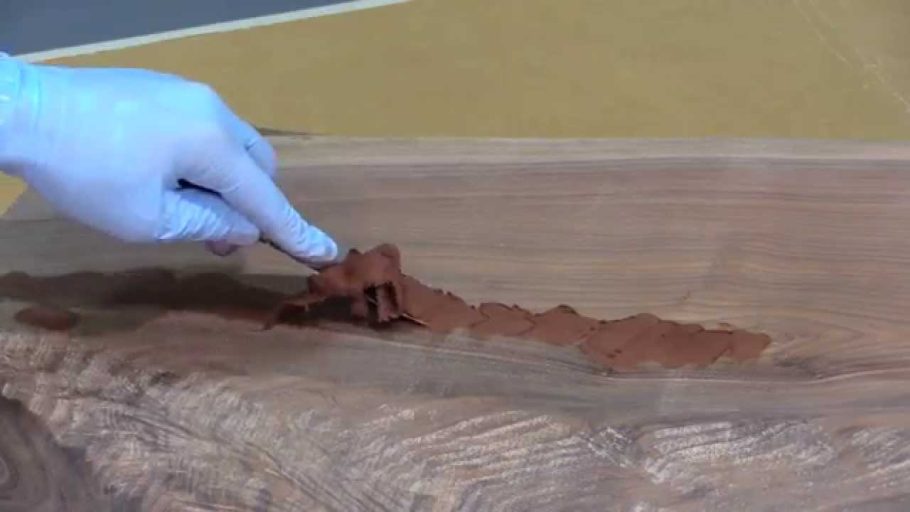
Wooden wall cracks cannot be fixed the same as the concrete walls. The air gaps in the wooden surface allow air to pass through them. This is why you should focus on sealing the cracks on the walls to block the air and noise passing through them.
Therefore, seal all gaps and cracks on your wooden wall. Check the gaps at the point where different woods are joining one another.
After identifying the cracks or gaps, buy weather-strip seals on Amazon. They dampen and block all noises. Weather-strips are waterproof, making them durable and effective to seal on any part of wooden walls.
This method is the cheapest but yet among the most effective for wall soundproofing. You don’t require any experience to soundproof your walls.
Follow the procedure below to install the weatherstrip over the wooden wall cracks.
- Inspect the size of cracks on your wall.
- Use a handsaw to cut the weather-stripping into correct sizes.
- Place the cut strips to seal the wall.
- Cover the gaps from inside. Covering from outside will make your wall look ugly.
Ensure that there are no gaps left in between the woods. Dampen any space on the wall. If you leave any air gap, noises will pass through them. It doesn’t matter the size of the gap or cracks left over the wall. Despite the size of the gaps, air will pass through them. Therefore, seal your door completely.
Buy the following seals on Amazon.
[asa2 tpl=”Flat_box_horizontal”]B07LB21S31[/asa2]- Foam Adhesive Strips
- 2-Inch-Wide X 1/4 Inch Thick
- Total 13 Feet Long
- Seal, Doors,
- Waterproof,
- Sound Dampening
- Craft Tape (33 Ft- 1/8″ x 2″)
The aim of blocking cracks and gaps on walls is to ensure that sound does not find a throughway to pass. It’s simply creating a barrier over the wall to make it difficult for the noise to pass through the wall.
3. Attach the Blankets to Your Walls
Much of the noise in your room is likely to come from outside. Other times, your goal would be to dampen the sound from your own house. This is especially if you are living in an apartment and your neighbours are already complaining.
If this is your concern, use soundproofing blankets over the walls. Soundproofing blankets on the walls would absorb any sound vibration and prevent it from entering into your room. The blankets will also soften the sound from inside the room.
All the noises bouncing off the walls do not produce an echo. As a result, your house acoustics are improved.
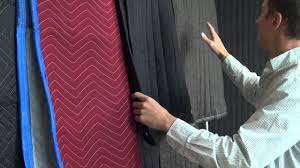
Basically, you can attach blankets on the wall just like you would do with a poster. The following are top ways in which you can fix the blankets on the wall.
- Nail your blanket against the wall.
- Glue or tape it to the wall. Ensure you use industrial adhesive to hold the weight of your blanket.
- Use the mounting putty to tack the blanket to the wall.
- Suspend your blanket with curtain rods or curtain tracks.
Out of the above techniques, the best way is to nail the blanket to the wall. Leave the nails exposed when pinning your blanket. Using nails makes it easy in case you would like to change or wash your blankets.
Kindly note that it’s not necessary to cover the entire wall. Just place the blanket at the center and cover the largest surface of the wall. That will be enough to absorb all the sound passing through the wall.
Why Blankets?
Blankets make a huge difference to the appearance of a room if used correctly. They are a cheap and effective solution to noise problems.
If you stay in a rented house or a student hall you are limited in many ways. You cannot make any adjustments to the room. Also, you cannot take a big soundproofing project. Worst of all, you can’t control your neighbours. Therefore, with all these challenges, blankets become a perfect choice to eliminate all the noise in your room.
Blankets absorb and soften sound waves. You will enjoy soft music, and reduce unwanted echoes in your house.
Other benefits of using blankets for soundproofing includes;
- Cheap to buy and maintain.
- Easy to install.
- Flexible to be used on different parts of your room.
- When used properly, they can be part of your interior decor.
Below are some of the best soundproofing blankets on Amazon. Buy them and reduce much of the noises over your home.
Sure-Max 4 Moving & Packing Blankets
[asa2 tpl=”Flat_box_horizontal”]B01GK6JRD8[/asa2]- Ultra-thick
- Size: 80″ x 72″
- Weight: 65 lb/dz
- Professional Quilted Shipping Furniture Pads
- Size: 72 inch x 80 inch
- Quilted premium cotton
- 3-inch black woven binding
- Weight: 7.5 pounds each
4. Use Acoustic Foams
If you are dealing with high impact noises, this is the deal. Acoustic foams absorbs and softens any kind of noises. The reduce impact and structural noises passing through the walls.
Acoustic foams soundproof music rooms. Their role is to absorb and soften sounds from music systems. At the same time, objects they prevent noises from bouncing off the walls hence making echoes over the walls.
Relevant Resources: Floor Soundproofing: Easy Ways to Apartment Floor Soundproofing
Therefore, if your neighbours are complaining about your bass music, go ahead and install the foams over the walls. The acoustic foams absorb all nature of sounds passing through them.
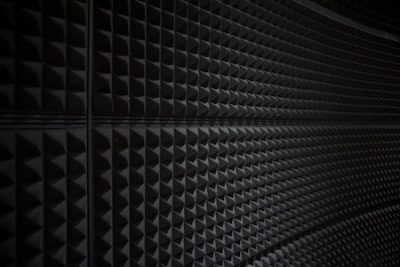
They will also eliminate any kind of impact or vibration noises coming from the next rooms.
The foam mats work as insulators. There is no need for construction when using them. The mats contain rubber foam and are resistant to water, oil, and petrol. They do not allow any air or noise to pass through them.
Unlike blankets, the foams do not absorb moisture or release odours. They are adhesive and easy to stick on the wall.
Acoustic foam panels absorb all noise that bounces off the wall. They soften all the echoes coming from your house.
Therefore, if you are looking for a technique that will reduce all the noises passing through your concrete or any other solid wall surface, this is the right technique to apply. It will also improve your room acoustics.
Foamily 12 Pack- Acoustic Panels
[asa2 tpl=”Flat_box_horizontal”]B010GPFRUQ[/asa2]- 12 Pack covers 12 square feet
- Professional acoustic control
- Great for spot treating sound on walls
Mybecca 12 Pack- Acoustic Panels
[asa2 tpl=”Flat_box_horizontal”]B00TP7C9YY[/asa2]- 12 pack means
- Professional acoustic control Acoustic
- Sound deadening material
5. Mass Loaded Vinyl
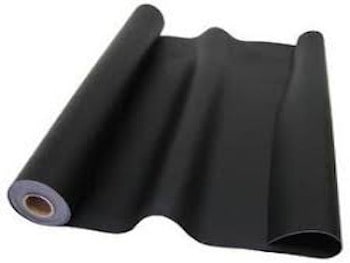
Mass loaded vinyl is mat-like sheet. They are built specifically for soundproofing walls. They absorb all noises passing through them.
They are perfect for reducing medium to high pitched noises.
Buy the mass loaded vinyl on amazon. Cut it according to the size of your walls. They are adhesive. Therefore, all you need to do is peel and apply over your wall.
This technique will be able to reduce and eliminate most of the noises passing through the walls. Buy it today and say goodbye to all sounds passing through your walls.
[asa2 tpl=”Flat_box_horizontal”]B07GFR1DKQ[/asa2]- 1lb – 4’x12.5′
- Soundproofing Barrier for Walls, Floors, Ceilings, and doors
- Self-adhesive
6. Use Soundproofing Fiberglass Panels
The soundproofing fibreglass panels work the same as blankets, curtains, and acoustic foams. Most of the fibreglass panels have grommets for hanging over the door like curtains or blankets. You can also choose to pin or glue them over your walls.
Fibreglass panels absorb noises passing through the door. They prevent them from making echoes from the sounds hitting the door.
[asa2 tpl=”Flat_box_horizontal”]B07GCZXTCZ[/asa2]- 0mm 200x300mm
- 100% Carbon Fiber Sheet
- Laminate Plate Panel
Parting Shot
You don’t need to incur high budget to soundproof your walls. Simple techniques discussed in this article will reduce most of the noises passing through your walls. The most important thing is to understand when and where to use each technique. Above all, ensure you buy quality soundproofing materials from Amazon.

